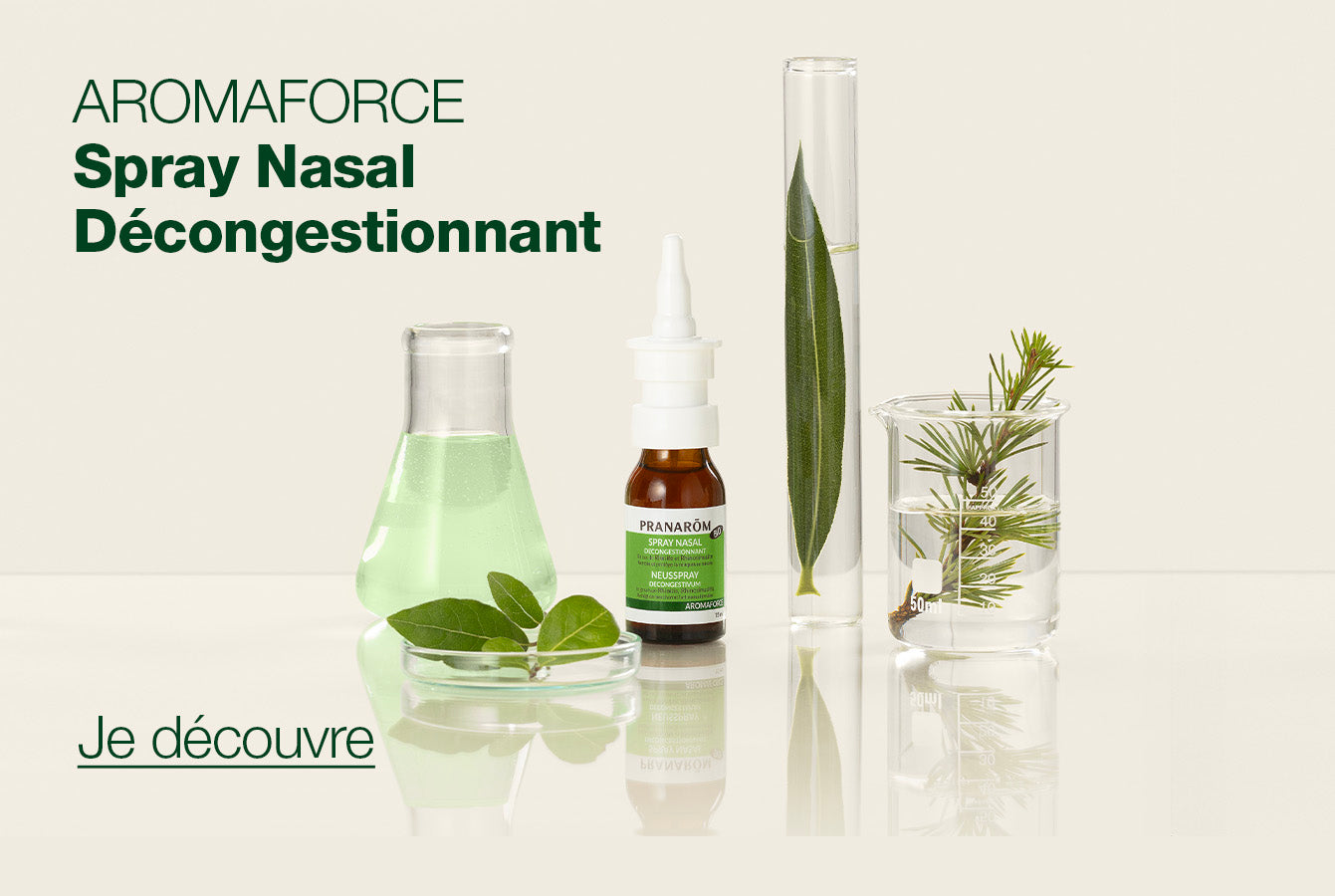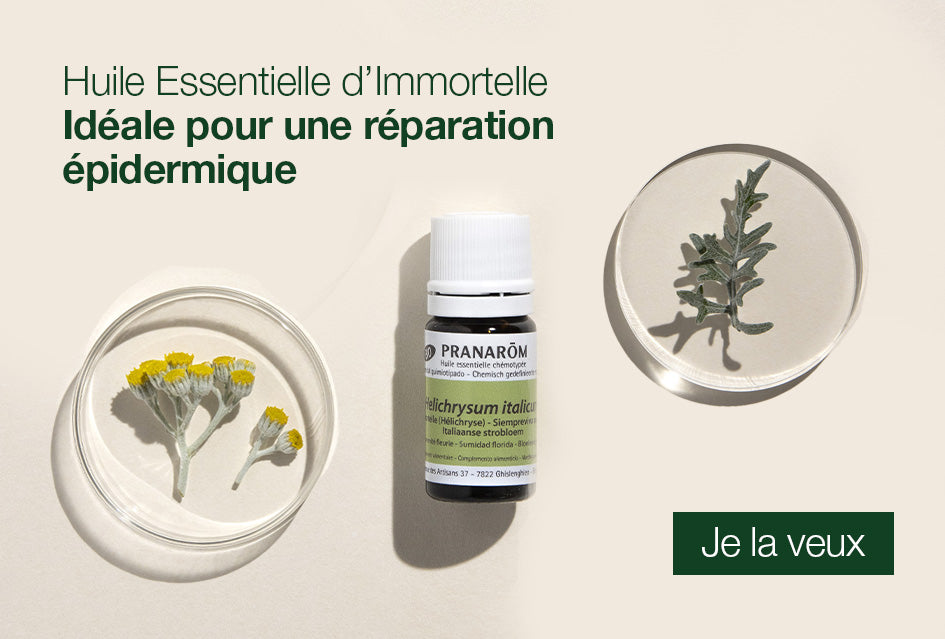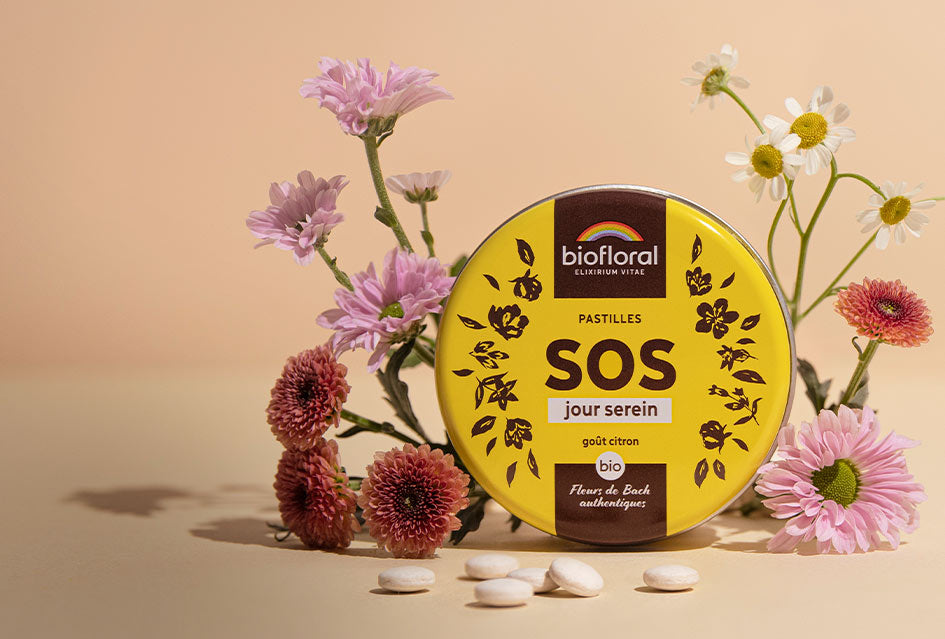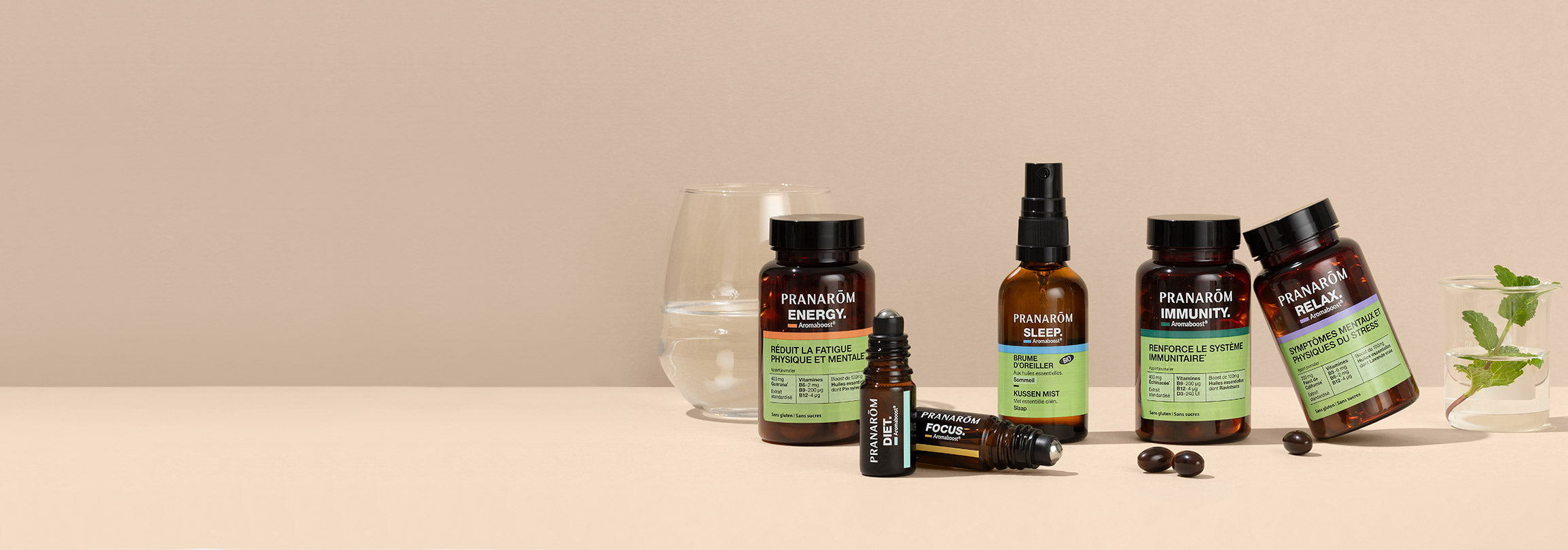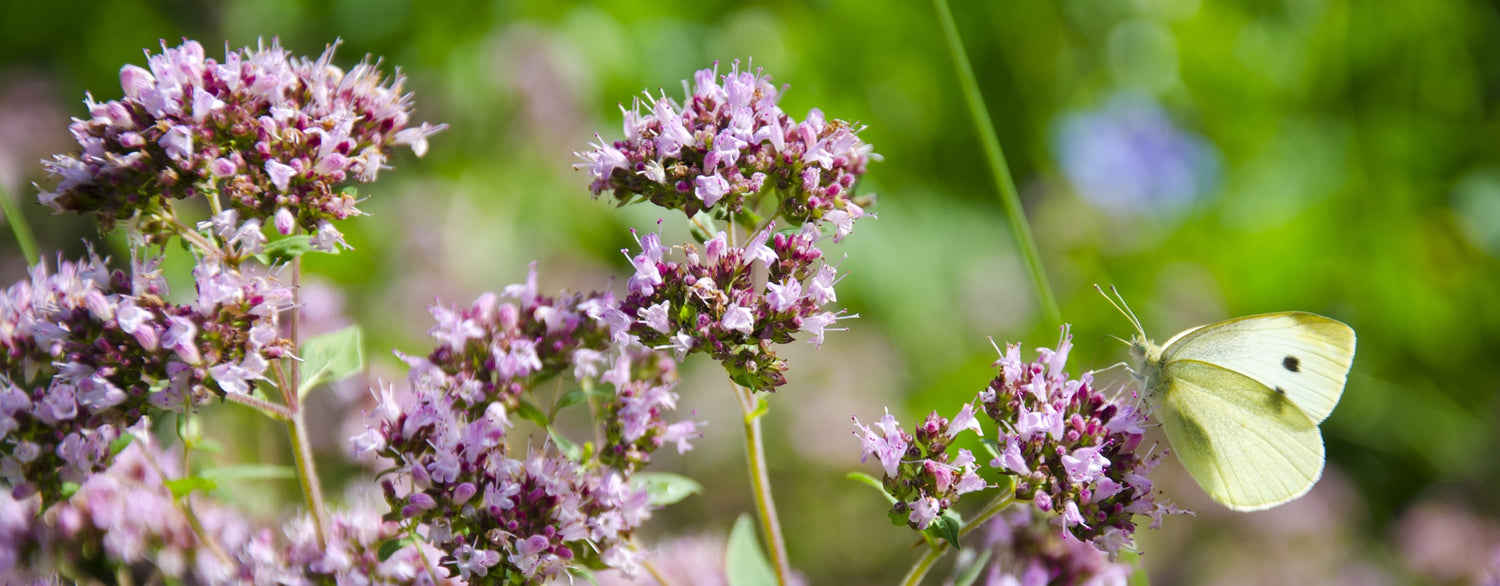Thujanol Thyme essential oil (thymus vulgaris CT THUJANOL) is an Essential Oil that is very frequently found in aromatherapy forms to treat the respiratory or muscular sphere as well as fatigue. Many of you appreciate its benefits and regret seeing the shortage that can sometimes affect this Essential Oil. Thujanol thyme is in fact a plant whose annual production is too low to meet demand. Fortunately, the therapeutic arsenal in aromatherapy is wide and it is very interesting to note that Marjoram Essential Oil with thujanol (origanum majorana CT THUJANOL) is a perfect alternative for this very rare thyme. The scientific department of the Pranarōm laboratory explains why.
A question of molecules:
The composition of Thujanol Thyme Essential Oil is interesting. When we analyze its compounds using chromatography, we see that this oil contains an average level of Trans-and Cis-Thujanol around 35% of its total composition. Thujanol is a monoterpene alcohol which gives Thujanol Thyme Essential Oil its reputation for being a very well tolerated and rather gentle anti-infectious, anti-viral, bactericidal and fungicidal Essential Oil . As a reminder, there are several types of thyme and the essential oil we are talking about here is different from that obtained from Thymol or Linalool thyme. Thujanol marjoram essential oil (origanum majorana CT THUJANOL) contains a concentration of Trans- and Cis-Thujanol approaching 28% of its total composition on average. These are therefore two very similar Essential Oils in terms of molecular composition, and we find the much appreciated Thujanol at the heart of their biochemical profile.
Marjoram, a long-time friend plant:
The flowering tops of marjoram are distilled. A distant cousin of oregano, the aromatic herb of marjoram (origanum majorana) was already used by the ancient civilizations of Europe and Egypt for its numerous "warming" and soothing properties. times. The Greeks and Egyptians associated it with funeral ceremonies to facilitate the passage to the afterlife. The Greeks also consumed it orally for digestive problems. There are several chemotypes of marjoram. Marjoram Essential Oil with thujanol is described by authors of aromatherapy books as a powerful anti-bacterial and anti-viral oil, which stimulates immunity and reduces fatigue. It is also found in aromatherapy protocols in the Anglo-Saxon world to regulate sleep during a period of depression, or to protect against winter ills.
Easy to use :
When we come across an aromatic formula containing thujanol thyme when it is in short supply, it is enough to replace the Thujanol Thyme Essential Oil with that of thujanol marjoram . Be careful, you must carefully check the chemotype in question: CT Thujanol or Thuyanol only! To be completely complete, it should be noted that thujanol marjoram essential oil contains on average 15% carvacrol, a phenol that thujanol thyme does not contain. This therefore limits its use a little for people with sensitive livers or for pregnant women and young children who will avoid this essential oil unless otherwise advised by medical professionals. For the internal route , we dilute the essential oil of marjoram with thujanol in a support such as honey or vegetable oil. For the cutaneous route , the general instruction is to dilute the oil to a maximum of 20% in a vegetable oil, and never exceed 50% in a formula.
Adapted recipes:
Thyme or Marjoram? To finish, here are some formulas from the works of Dominique Baudoux based on Marjoram with thujanol:
- As soon as angina appears, 2 drops of Marjoram with thujanol on a small piece of sugar to suck or in honey, 3 or 4 doses over 24 hours. For adults only, pregnant women refrain.
- In case of physical and/or psychological exhaustion , massage the solar plexus with 3 drops of Marjoram with thujanol in 4 drops of Hazelnut Vegetable Oil or apricot kernels. To be carried out once or twice a day until clear improvement.


